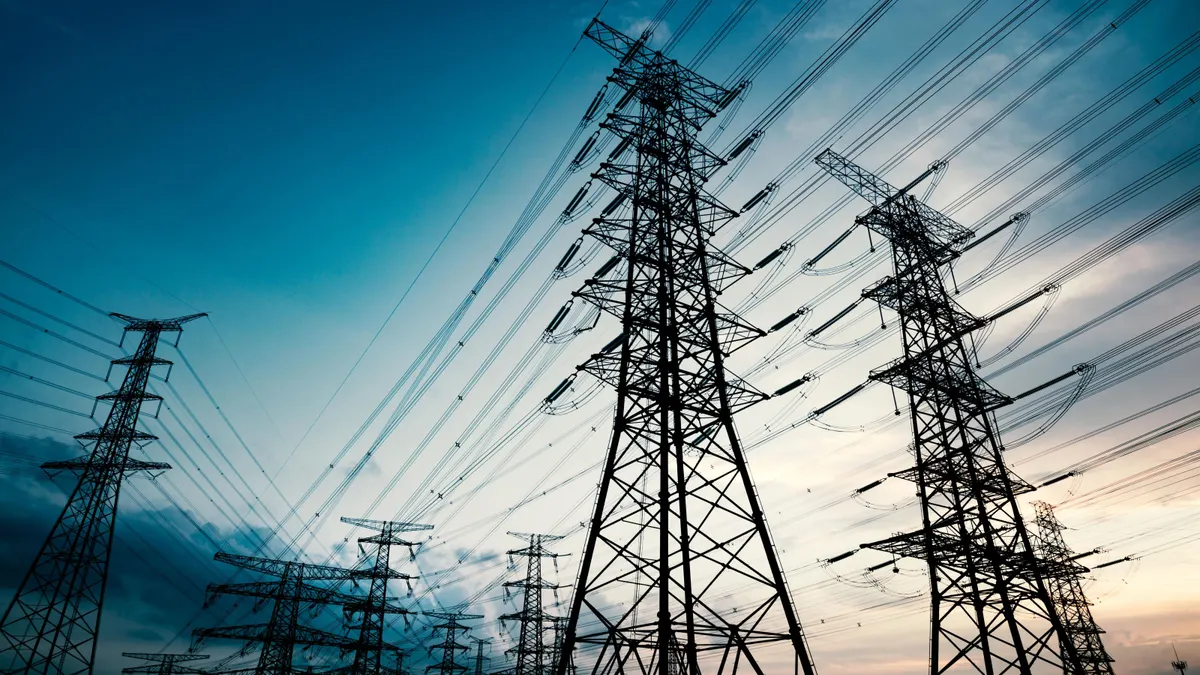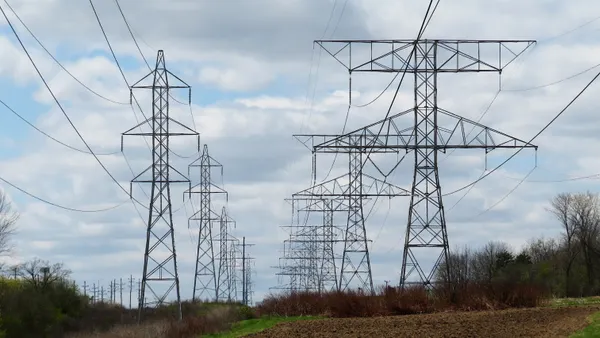As climate-related perils intensify, the relationship between electric utilities and the communities they serve is under immense pressure. The twin threats of wildfires and extreme weather events, fueled by shifting weather patterns, are both urgent and tangible realities. Electric utilities face the difficult task of balancing system reliability, public safety, and cost. To truly build a resilient and safe system at a reasonable cost, a more proactive and collaborative partnership is needed between electric utilities and their state PUCs. This partnership must move beyond typical regulatory frameworks and embrace a shared commitment to risk reduction that leverages advanced data technology and weather intelligence to inform decisions and planning under constantly changing conditions.
Quantifying Investment in Community Safety
Asset hardening is one part of a typical electric utility Wildfire Mitigation Plan submitted by utilities for their regulators' approval. A data-driven strategy empowers electric utilities to move beyond simply “asset improvements by geography” and instead, move to more dynamic risk-based asset investment efforts with surgical precision. By identifying the highest-risk areas on a continuous basis, electric utilities can ensure that their budget is spent most efficiently, maximizing the risk reduction per dollar invested. This concept of "risk-spend-efficiency," or similar metrics like “cost benefit ratios,” are crucial for an electric utility to track and powerful tools for demonstrating to a PUC how investments are directly and optimally translating into enhanced and quantifiable community safety.
The benefits of a collaborative, data-driven model are also apparent during a necessary, last-resort, Public Safety Power Shutoff (PSPS) event. With advanced AI-based risk modeling, an electric utility can move from a reactive and broad-brush approach, to a targeted and surgical one. Several electric utilities in the western United States leverage advanced data to get much more precise in their actions. Instead of shutting off power across a wide area under a Red Flag Warning - which can impact hundreds of thousands of customers - they instead identify and de-energize only the few circuits that are actually at risk of igniting a fire and greatly reduce any impact. This level of precision minimizes customer impact, improves restoration times, and maximizes community safety.
Leveraging Dynamic Risk Intelligence
At the heart of examples like these lies a profound shift in how risk is understood and managed. Instead of relying on static, historical data, electric utilities can now employ dynamic, high-resolution validated wildfire and weather models. These models – tailored specifically for fire weather and other extreme weather conditions – can forecast potential risks across multiple time horizons using real-time changing weather and fuel conditions, something that static data cannot do. Feeding this data into sophisticated wildfire spread models, electric utilities can pinpoint areas where a potential ignition could have catastrophic consequences, like impacting homes or critical infrastructure. This insight allows for a granular, asset-level understanding of an electric utility’s risk, moving beyond broad warnings like a "Red Flag Warning" to a targeted view of where risk-reduction action is most needed.
A New Standard for Transparency and Trust
In the collaboration between electric utilities and PUC, this kind of intelligence provides the basis for critical reporting and trust. It allows electric utilities to clearly document their decision-making process and demonstrate how their actions were informed by high-resolution dynamic data under a variety of scenarios. Further, it enables PUC’s and electric utilities to measure progress over time and make adjustments as conditions change. For PSPS events, they can even simulate the potential consequences of a wildfire had the power not been shut off, quantifying the acres, structures, and lives that were saved. This ability builds transparency, allowing the PUC to see a clear justification for the electric utility's actions, which in turn helps balance the necessary risk mitigation with the costs to consumers.
This same data-driven approach, used to identify wildfire risk, can equally inform strategies for extreme weather events. By analyzing decades of high-resolution historical weather data, electric utilities can establish a new climatology for their service territory, understanding what constitutes a "99th percentile" wind event or an unusually heavy snowstorm. This not only allows them to update their asset-hardening standards to build for greater resilience but also provides a quantifiable metric for assessing the effectiveness of their mitigation efforts.
In the face of unprecedented environmental challenges, the partnership between electric utilities and their state PUCs can and will evolve. By embracing a shared commitment to data-driven risk management, electric utilities can exceed regulatory requirements, build a more resilient system, and protect the communities they serve. This is no longer just about compliance; it is about proactive, collaborative, and intelligent risk reduction. It is about working together to build a safer and more reliable grid for the future.










